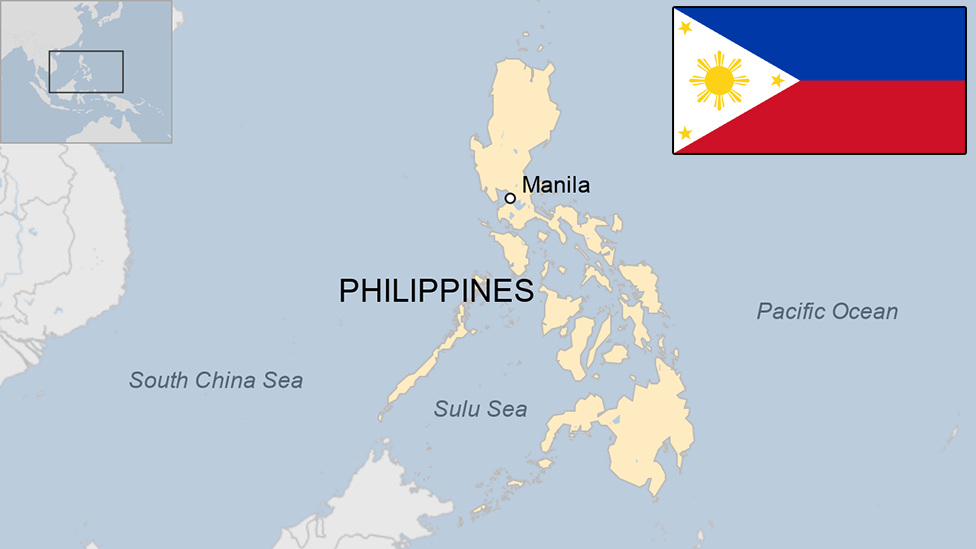Philippines unrest: Who are the Abu Sayyaf group?
- Published
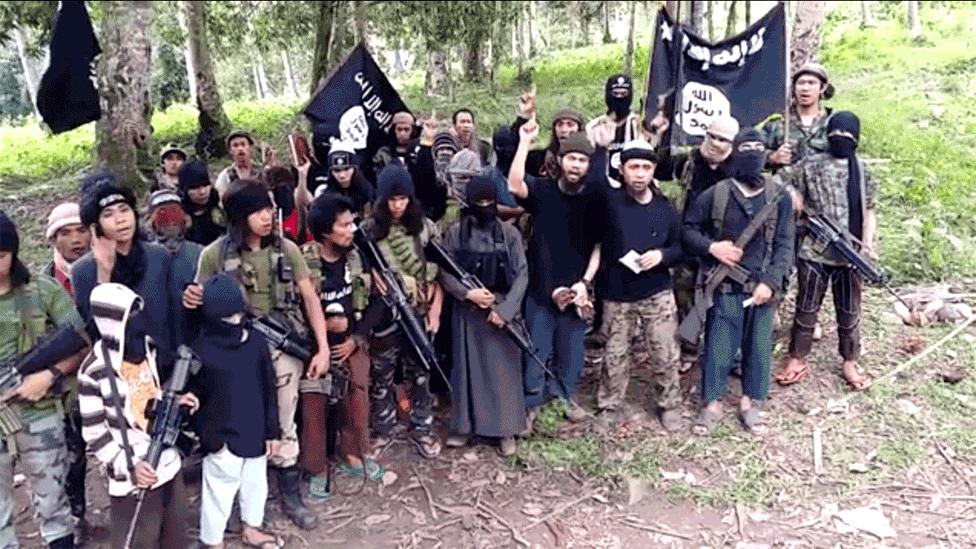
Abu Sayyaf is one of several groups in the Philippines to have pledged allegiance to the Islamic State group
Abu Sayyaf is one of the smallest and most violent jihadist groups in the southern Philippines. Its name means "bearer of the sword" and it is notorious for kidnapping for ransom, and for attacks on civilians and the army.
In 2004 it bombed a ferry in Manila Bay, killing 116 people.
In the last year it has taken several people hostage - Malaysian and Indonesian workers, Western tourists and one Filipina among them. Three groups of Indonesians and Malaysians were released earlier in 2016, but two Canadians, Robert Hall and John Ridsdel, were killed after the Canadian government refused to pay the ransom demanded for them.

What does it want?
Abu Sayyaf has its roots in the separatist insurgency in the southern Philippines, an impoverished region where Muslims make up a majority of the population in contrast to the rest of the country, which is mainly Roman Catholic.
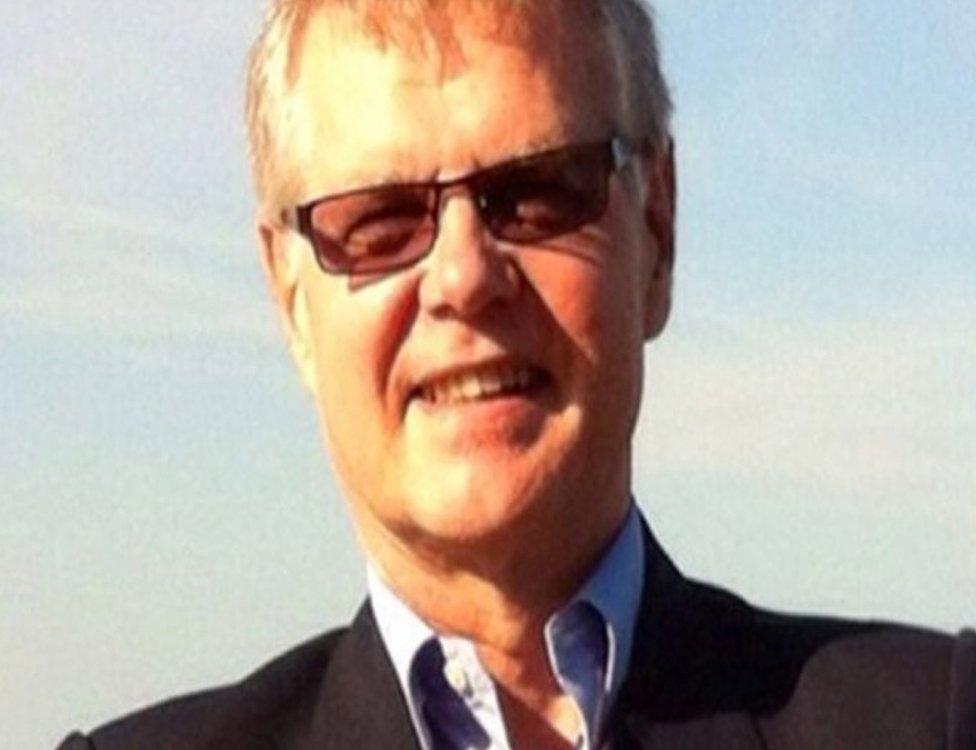
Abu Sayyaf hostage John Ridsdel, 68, was killed after demands for his ransom were not met
It broke from the broader Moro National Liberation Front in 1991 because it disagreed with the MNLF's policy of pursuing autonomy and wanted to establish an independent Islamic state.
Its founder, Abdurajak Abubakar Janjalani, was an Islamic preacher who fought in the Soviet-Afghan war, where he is said to have met Osama Bin Laden and been inspired by him. Al-Qaeda provided the group with funding and training when it was initially set up.
After Janjalani died, the group split into two main networks whose leaders were then killed in 2006 to 2007. Since then, Abu Sayyaf has operated as a collection of factions that work with each other through kinship or personal ties but which also occasionally compete against each other.
The beheading of a Malaysian hostage, Bernard Then, in 2015, for example, is reported to have resulted from a breakdown in negotiations as one of the two factions holding him wanted more money than was demanded, and different parties involved in the negotiations all sought a share of the ransom.
The group is believed to have an estimated 400 members and, since 2014, several of its factions have declared their allegiance to the Islamic State (IS) group. Isnilon Tontoni Hapilon, one of Abu Sayyaf's most prominent leaders, has been recognised as the leader of all IS-aligned groups in the Philippines.
Filipino authorities have characterised the pledges as opportunistic attempts to obtain funds from IS. But IS has recognised some pledges and its de facto news agency, A'maq, has reported two recent major clashes between Philippine armed forces and militant groups, adding to the likelihood of a relationship between them.

How dangerous is the group?
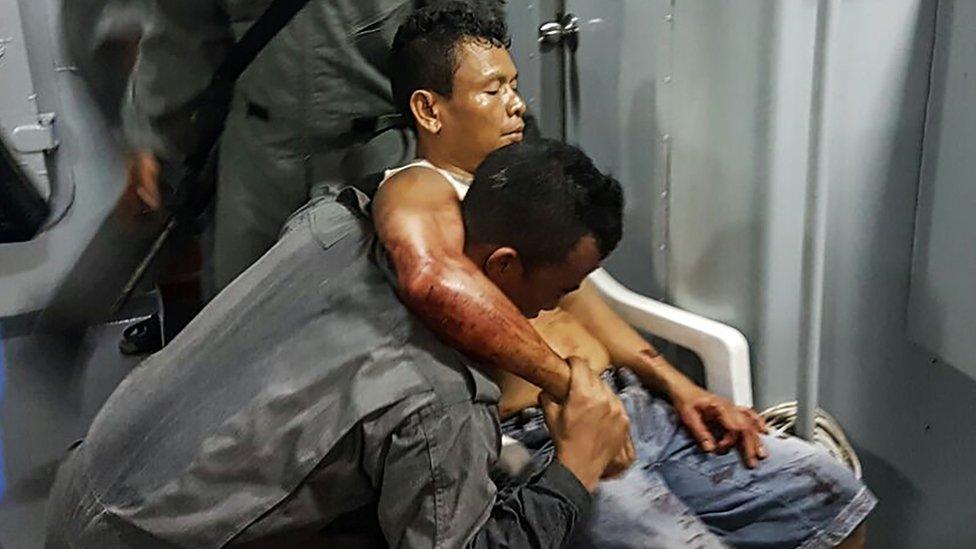
Abu Sayyaf's hijacking of ships is alarming Indonesia and Malaysia, who want to work together to prevent the disruption of regional trade routes
Abu Sayyaf's hostages tend to be released if the ransom demanded for them is paid. This has been the outcome for most of their hostages. The group is known to kill captives if its demands are not met.
Its recent kidnap of 18 Indonesians and Malaysians has also prompted fears of the maritime region becoming a "new Somalia", as Indonesia's chief security minister put it, which could disrupt regional trade.
The Kuala Lumpur-based Piracy Reporting Centre has warned ships to stay clear of small suspicious vessels in the area and Indonesia and Malaysia have proposed joint patrols in the Sulu Sea to prevent further incidents.
There are also fears that the group could be supporting terrorist activities by other IS-linked groups in the region. Investigators looking into the Jakarta attack in January said the weapons used in it had come from the southern Philippines.
While there is no evidence that Abu Sayyaf was involved in this, the group has long had ties to prominent Indonesian militant groups like Mujahidin Indonesia Timur and Jemaah Islamiyah (JI). Several JI members involved in the Bali bombings found shelter with the group after fleeing Indonesia.
There is also evidence it has links to jihadist groups in the Middle East. Recently the body of a Moroccan bomb expert, Mohammad Khattab, was discovered following a battle between the group and the Philippine army.

What is the Philippine government doing about it?
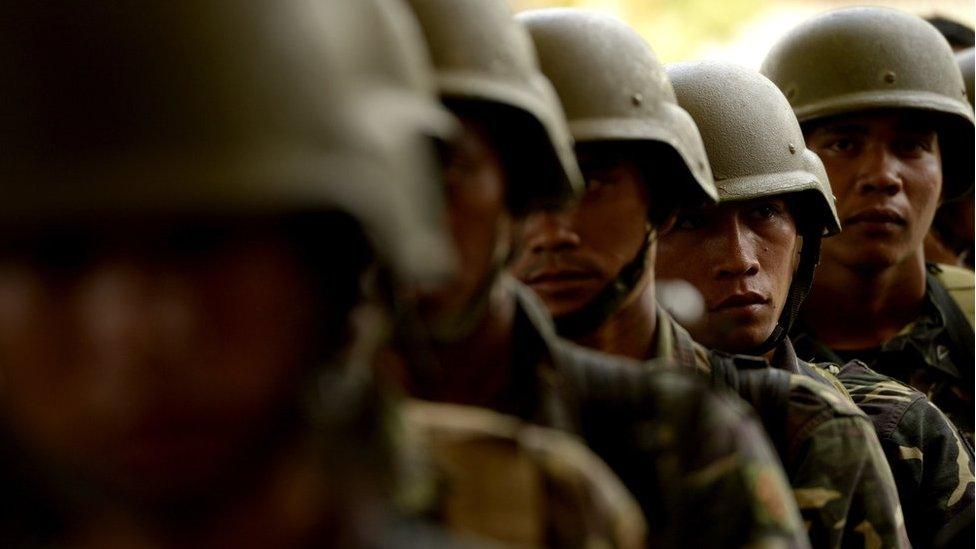
The Philippine army has been battling militant groups in the south for years
The Philippine army and police have been hunting the group in an attempt to defeat it and rescue its hostages for several months. A clash in early April between the army and the group resulted in 18 soldiers dead and 56 wounded, the army's worst casualties in a year. The presidential office has said that Abu Sayyaf is "on the run" but fighting hard.
It is not clear what approach incoming President Rodrigo Duterte will adopt once he takes office from 30 June. On one hand he has threatened to invade Jolo if the kidnappers holding two remaining hostages - Norwegian Kjartan Sekkingstad and Filipina Marites Flor - do not surrender. On the other he has indicated he is willing to negotiate with them, saying "we don't go to war with our own people".
Some observers argue that the roots of Abu Sayyaf lie in the economic and political disparities between the south and other parts of the country. "As long as Muslims continue to be oppressed, there will always be Abu Sayyaf," the vice-chairman of the Moro Islamic Liberation Front, Ghazali Jaafar, has said.
BBC Monitoring reports and analyses news from TV, radio, web and print media around the world. You can follow BBC Monitoring on Twitter, external and Facebook, external.
- Published26 April 2016
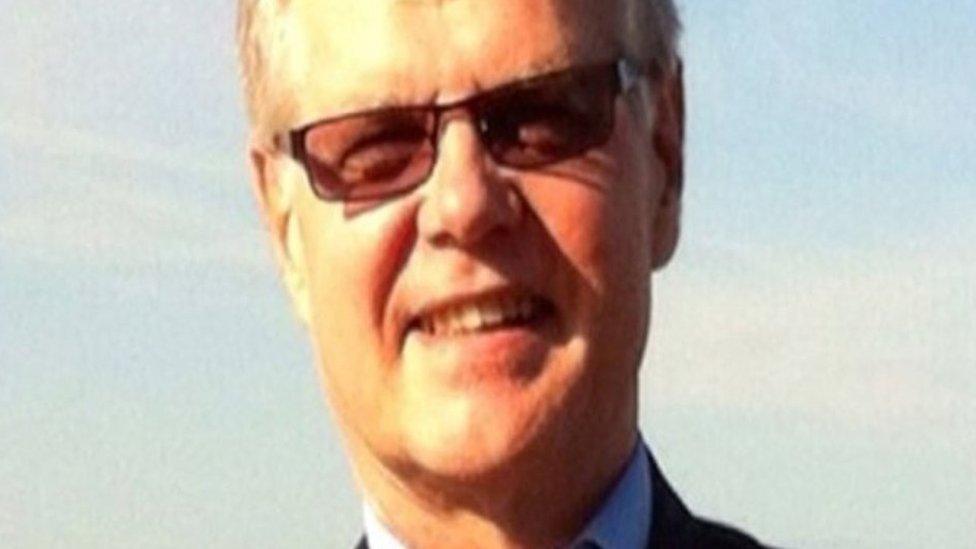
- Published26 April 2016

- Published10 April 2016
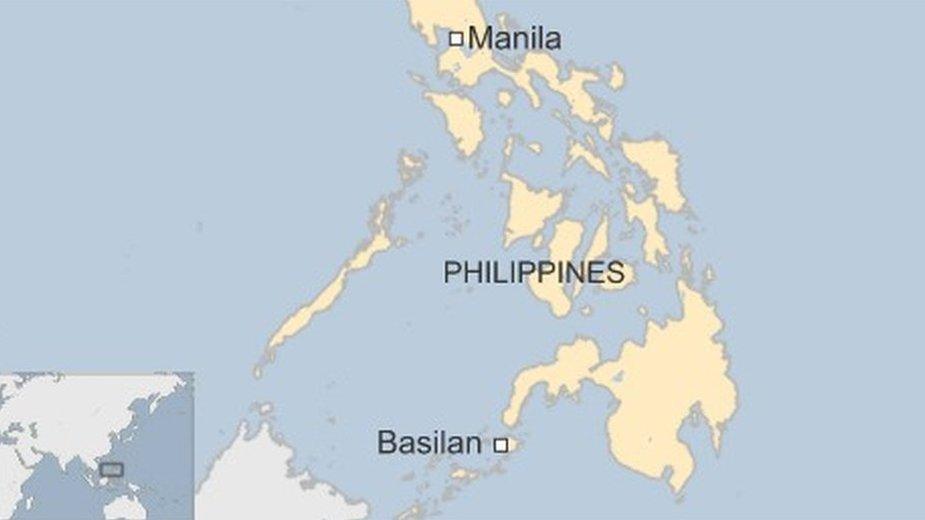
- Published5 July 2023
